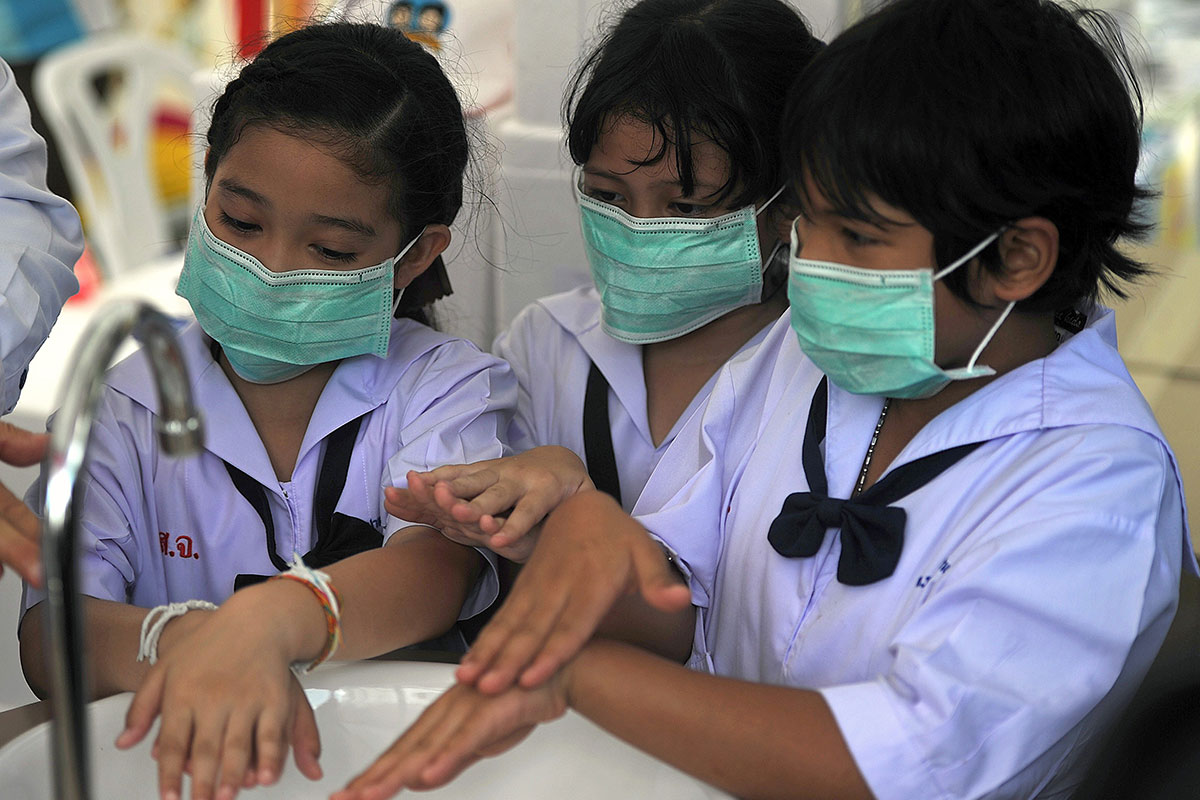A young child, barely two-and-a-half years of age, from Mukah in Sarawak, Malaysia became the first fatality of the year for the Hand, Foot and Mouth Disease (HFMD) in the country. The cause of death was severe pneumonia associated with HFMD infection.
Outbreaks of HFMD occur every few years in various parts of the world and happen year-round in tropical and subtropical countries. China, Japan, Hong Kong, South Korea, Malaysia, Singapore, Thailand, Taiwan and Vietnam have been reporting larger cases in recent years.
Thailand had a bout of HFMD in 2017. Singapore reported 21,675 cases in the first half of this year and Vietnam also reported a rising number of cases. No fatalities have been reported in these countries as yet.
However, Malaysia appears to take the spotlight. As of 23 July 2018, the country reported 35,886 cases, and a 64.2 percent spike from the previous week. The government there formed a multi-agency task force to tackle the outbreak. To date, 469 premises have been closed, including 217 nurseries, 223 kindergartens, one school each in the states of Penang and Pahang, and several classrooms in 27 schools.
Civil servants are allowed up to five days unrecorded leave to stay with their children instead of dropping them off at child care centres, kindergartens and schools. Penang’s health department has directed shopping malls in the state to sanitise their trolleys, child rides and public benches.
 Source: Various sources
Source: Various sources
HFMD is caused by a group of viruses called enteroviruses that enter the body through the intestine, particularly the Coxsackie A16 (CV-A16) and Enterovirus 71 (EV71). It is spread through direct contact with contaminated surfaces, saliva – aerosolised in a cough or sneeze – fluid from blisters and faeces.
Although adults can catch the virus, their more developed immune systems help them handle the virus better and they can develop immunity from the exposure. Some adults do not even fall ill.
HFMD occurs mainly in children under 10 years of age, most commonly in those below five years. Younger children tend to present the worse symptoms, usually fever, rashes on the palms, feet and buttocks, ulcers in the mouth and tongue, as well as upper respiratory tract infection.
Most HFMD patients fully recover in seven to 10 days without treatment, although dehydration is common with the CV-A16 virus due to painful mouth sores. Mouth sores usually begin as red spots on the tongue, gums and inside cheeks that blister and turn to ulcers. Red spots also appear on the palms and soles, and around the buttocks and genitalia.
The CV-A16 virus tends to present milder symptoms but some EV71 virus infections may lead to serious complications. It has been linked to meningitis and encephalitis and can cause neurological, cardiovascular and respiratory problems. HFMD fatalities are often connected to the EV71 virus.
HFMD gained notoriety in past years due to the alarming number of deaths among children. An outbreak in Malaysia in 1997 in which 29 children died appeared to signal an epidemic in the region. Vietnam had an outbreak in 2011 with 170 deaths. Cambodia’s turn in 2012 recorded 98 deaths.
It created a strong perception and prompted China (with 537 deaths in 2010, 437 in 2011 and 431 in 2012), Japan and Singapore to adopt pandemic-level preparedness plans. This included surveillance, mandatory reporting, isolation, school closures and social distancing.
However, a January modelling study on HFMD in Asia suggested that this could be overkill. It found that only six percent of cases required hospitalisation. Of that number, 18.7 percent are expected to develop complications, with five percent of these cases being fatal. It estimated a fatality rate of 52.3 per 100,000 (0.052 percent) symptomatic infections. The EV71 virus fatality rate is higher, at 229.7 per 100,000 (0.23 percent).
A vast majority of HFMD cases are actually mild but the “potential for complications and death has led to an inflated perception of disease severity, which incited a stronger response than necessary in multiple jurisdictions in Asia,” said the study.
The World Health Organization (WHO) measures the burden of disease from mortality and morbidity as disability-adjusted life-year (DALY). The annual DALY from HFMD in Malaysia is 2,723; Singapore, 259; and Thailand, 3,928 and far lower that those for dengue fever and upper respiratory tract infection. The report suggested the need for policies to be re-evaluated and to develop a vaccine for the EV71 virus.
Malaysia is tackling the outbreak by promoting better personal hygiene, proper handwashing practices, cleanliness of surroundings, disinfecting contaminated surfaces and screening children at entry points to keep those who are infected away from others. The most effective way to prevent HFMD may simply be to stay calm and stay clean.
